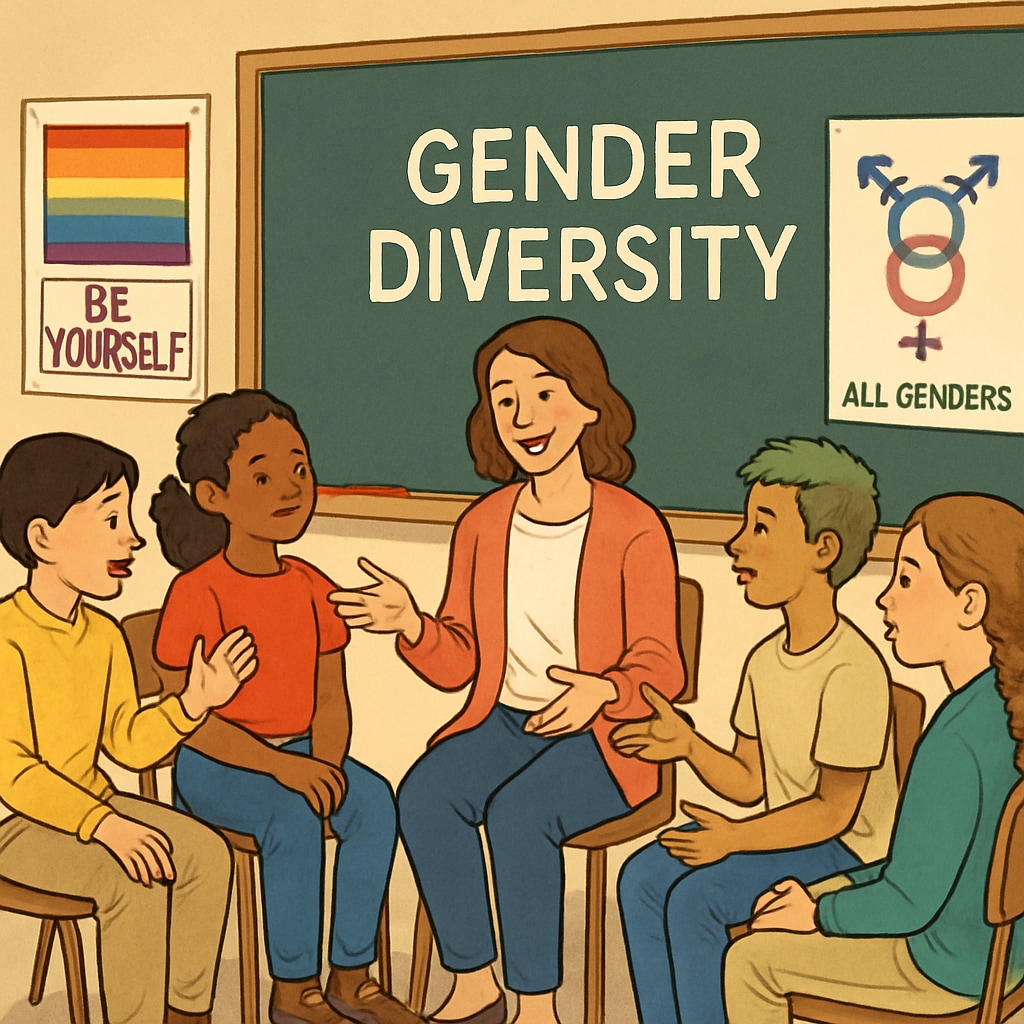Brown University’s recent agreement with the Trump administration to adopt a gender binary framework has raised significant concerns about the impact on transgender students and the broader educational landscape. By reinforcing a rigid interpretation of gender, this policy threatens the dignity, safety, and inclusivity of educational environments, from higher education institutions like Brown to K-12 schools across the United States. This article examines the implications of such policies and highlights the urgent need for a more inclusive approach to gender diversity in education.
How Gender Binary Policies Affect Transgender Students
By adhering to a gender binary framework, educational institutions restrict the recognition of gender identities beyond male and female. For transgender students, this creates a hostile environment where their identities are invalidated. According to surveys conducted by Human Rights Campaign, transgender youth already face higher rates of bullying, discrimination, and mental health challenges compared to their cisgender peers. Policies like the one adopted by Brown University further exacerbate these issues by institutionalizing exclusionary practices.
This framework can manifest in several ways, including:
- Restricting access to facilities such as restrooms and locker rooms that align with students’ gender identities.
- Enforcing dress codes that perpetuate traditional gender norms.
- Erasing non-binary and gender-fluid identities from official documentation and classroom discussions.
These restrictions limit the ability of transgender students to fully participate in their education, affecting both their academic performance and emotional well-being.

The Ripple Effect on K-12 Education
The impact of this policy extends beyond Brown University. K-12 schools often look to higher education institutions as models for progressive practices. By formalizing a gender binary framework, Brown risks setting a precedent for other educational institutions to follow suit. This could lead to a domino effect where K-12 schools adopt similar exclusionary policies, further marginalizing transgender youth at a formative stage in their lives.
For example, schools that implement gender binary policies could face increased conflicts between administration and students or parents advocating for inclusive practices. Transgender students may feel forced to conform or even leave their schools altogether. Research from the GLSEN National School Climate Survey illustrates that inclusive policies are directly correlated with better mental health outcomes and academic achievements for LGBTQ+ students.
In addition, these policies may discourage educators from discussing gender diversity in the classroom, further perpetuating ignorance and prejudice. Without exposure to diverse perspectives, all students lose out on the opportunity to develop empathy and understanding for their peers.

Building a More Inclusive Educational Framework
To counteract the negative effects of gender binary policies, educational institutions must prioritize inclusivity and adopt practices that affirm the identities of all students. This involves:
- Implementing gender-neutral facilities and allowing students to use spaces that align with their identities.
- Providing professional development for educators on gender diversity and inclusion.
- Updating curricula to include discussions about transgender and non-binary experiences.
- Establishing clear anti-discrimination policies that protect transgender students.
These steps not only benefit transgender students but also foster a more accepting and respectful school culture for everyone.
Moreover, partnerships between higher education institutions and K-12 schools can play a vital role in promoting inclusivity. Universities like Brown have the resources and influence to lead by example, showing that inclusive policies are not only feasible but essential for the well-being of all students.
Conclusion: A Call for Change
The agreement between Brown University and the Trump administration underscores the ongoing challenges faced by transgender students in navigating educational systems rooted in outdated gender norms. As this policy reverberates through the education system, it highlights the urgent need for institutions to reject exclusionary frameworks and embrace inclusivity. By creating environments where all students feel valued and respected, we can ensure that education fulfills its promise of opportunity and growth for everyone, regardless of their gender identity.
It is time for educators, administrators, and policymakers to advocate for change. The future of education—and the dignity of countless students—depends on it.


